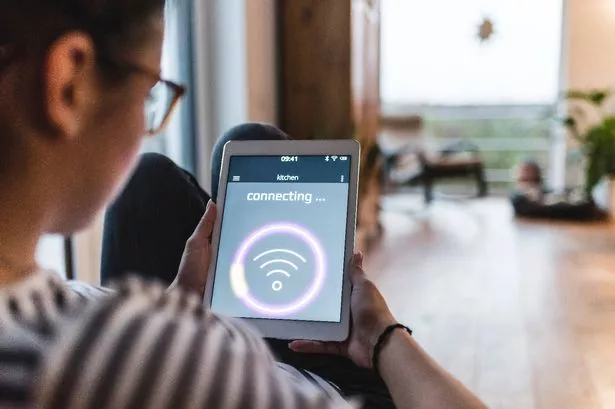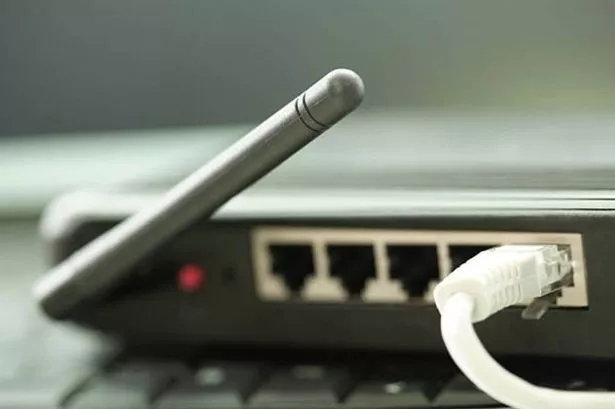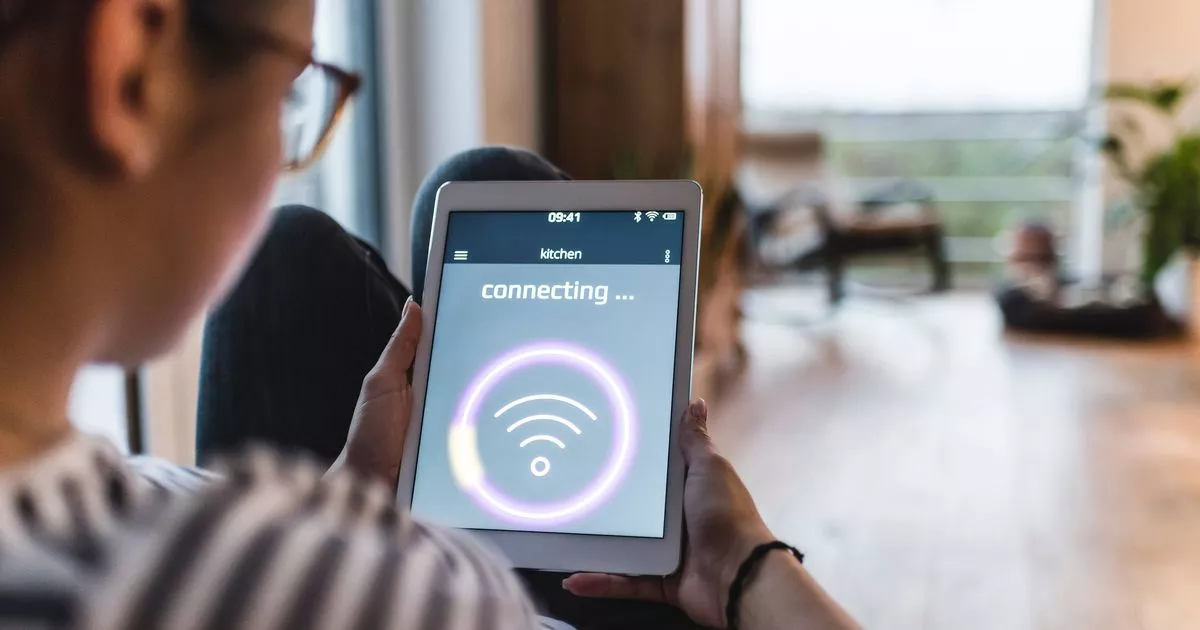Getting a speedy broadband connection can be a minefield, but there are some simple things you can do to make sure you’re getting the best speeds possibleJeremiah Hassel Acting Senior News Reporter, David Snelling and John Shammas
08:33 ET, 18 Jul 2025
 Many people need to use their broadband for work or watching movies(Image: Westend61 via Getty Images)
Many people need to use their broadband for work or watching movies(Image: Westend61 via Getty Images)
In America, a reliable broadband connection is essential for everything from remote work to video gaming.
However, achieving optimal download speeds can sometimes be challenging, even when there doesn’t seem to be an issue. But don’t worry, we’re here to assist.
David Snelling, the technology editor at the Daily Express, compiled five straightforward tips to help you maximize your broadband speeds.
READ MORE: Donald Trump’s ‘swollen ankles’ spark fresh health fears as president crammed into shoesREAD MORE: Woman caught at Coldplay concert with Astronomer CEO once bragged ‘I win trust of CEOs’ The placement of your router can impact its performance
The placement of your router can impact its performance
Here they are:
Relocate your modem
If your downloads are underwhelming, start by examining the location of your router. If it’s hidden in a closet, behind the TV, or under the stairs, it’s time for some immediate adjustments, reports the Manchester Evening News.
For the best signal, ensure that the blinking black box is in a visible, central location and, if possible, elevated off the ground.
It’s also ill-advised to place it near devices like baby monitors or cordless phones, as these gadgets emit signals that can interfere with Wi-Fi and slow things down.
Click here to follow the Mirror US on Google News to stay up to date with all the latest news, sports and entertainment stories.
Avoid windows
While it’s suggested to keep the router in plain sight, this doesn’t mean placing it on a windowsill. Proximity to glass is a poor choice.
Firstly, some of the crucial signal emitted from the router will be directed outside instead of reflecting off walls and back into the room.
Then there’s the matter of heat. Like all tech gadgets, Wi-Fi routers despise overheating, which can cause them to slow down or even shut off completely.
If your router is perched on a window ledge, it’s advisable to relocate it promptly.
Sign up to our FREE newsletter and get the top stories to your inbox
DAILY NEWSLETTER: Sign up here to get the latest news and updates from the Mirror US straight to your inbox with our FREE newsletter.
Steer clear of the kitchen!
Kitchens are not ideal for your router due to the abundance of metal objects that can interfere with the signal. If you’re frequently using a microwave to prepare dinner, it could significantly disrupt your internet speeds.
Microwaves operate on the same 2.4 GHz frequency as Wi-Fi routers, leading to potential conflicts and disruptions, even causing your internet connection to drop.
Watch out for pets
While your cat or dog likely won’t affect your download speeds, having fish in the house could be problematic. Wi-Fi has a strong aversion to water, so if your router is near a large aquarium, it might be the culprit behind your lagging streams.
Keeping your router away from any aquatic life could result in an immediate speed boost.
A complete reboot
Occasionally rebooting your Wi-Fi router can do wonders. The age-old trick of turning it off and back on again can indeed resolve issues, eliminate glitches, and restore optimal speeds.
Most ISPs suggest turning off the router, waiting one minute, then switching it back on.
Just remember that a full reboot can take up to five minutes to complete, so avoid hitting the power button right before a crucial work Zoom call.
While rebooting your router can be beneficial, it’s not advisable to switch it off overnight as it could miss crucial updates. Frequently toggling the power on and off might signal to your Internet Service Provider (ISP) that there’s a problem with the connection, potentially triggering emergency speed limits that could actually slow down your internet speed.
